Weekly Updated Blog for Montessori Parents and Educators
I have not had time to create a picture and link for two recent blogs, like most of my blogs below. But I recently uploaded a blog about how to Increase the Enrollment in your Montessori School, as well as a blog about how a Montessori Environment is more beneficial for a child with ADHD in comparison to a more traditional classroom. Enjoy and please Contact Me with any questions.
Montessori Blog List
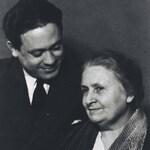
Mario Montessori
Mario Montessori
Mario Montessori Biography
History

Was Maria Montessori Frustrating to Work With?
Montessori Parent-Teacher Conferences
Was Maria Montessori Frustrating?
History

Montessori Terminology
Montessori Terminology
Learn the Montessori Terms/Lingo
Learning
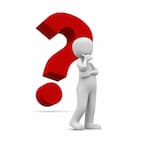
AMI or AMS Training?
Which Montessori Training?
Choose a Montessori Training Program
Teacher Ed.

Read Original Magazine Articles
Original Montessori Articles
Articles From Early 1900s
History
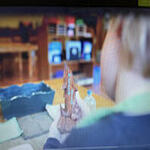
Montessori's Different
Montessori is Different
Montessori vs. Traditional: What is Different?
Video

History of Montessori in Taiwan
History
History of Montessori in Taiwan
History
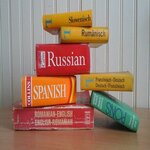
EFL and Montessori
EFL and Montessori
English as a Foreign Language (EFL) in Montessori
EFL

McClure's Magazine
McClure's Magazine
Montessori in McClure's Magazine
History

History of Montessori
Maria Montessori
History of Maria Montessori and her Method
History

Teaching Reading
Teaching Reading
How Does Montessori Teach Reading?
Teaching

EFL Record Keeping
EFL Record Keeping
Record Keeping in the EFL Classroom
EFL
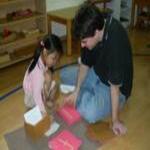
Become a Teacher
Become a Montessori Teacher
Becoming a Montessori Teacher
Teaching

Montessori Dog School
Montessori Dog School
A Montessori School for Dogs
Humor
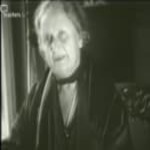
Montessori Video
Teachers TV: The Montessori Method
History of Montessori Video
Videos
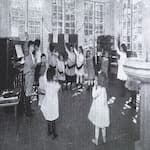
Vintage Photos of Montessori
Vintage Montessori Photos
Montessori Photos: Early 1900s
History
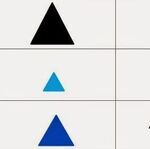
Montessori Grammar
Montessori Grammar
Montessori Foreign Language Grammar
Blog

Silent E
Silent E
Montessori Silent E
Free Material

Shining Pennies
Shining Pennies
Importance of Practical Life
Parenting

Montessori Social Justice
Social Justice
Montessori is about Social Justice
Opinion

Montessori Parent-Teacher Conferences
Montessori Parent-Teacher Conferences
Tips for upcoming conferences
Parent Ed.
